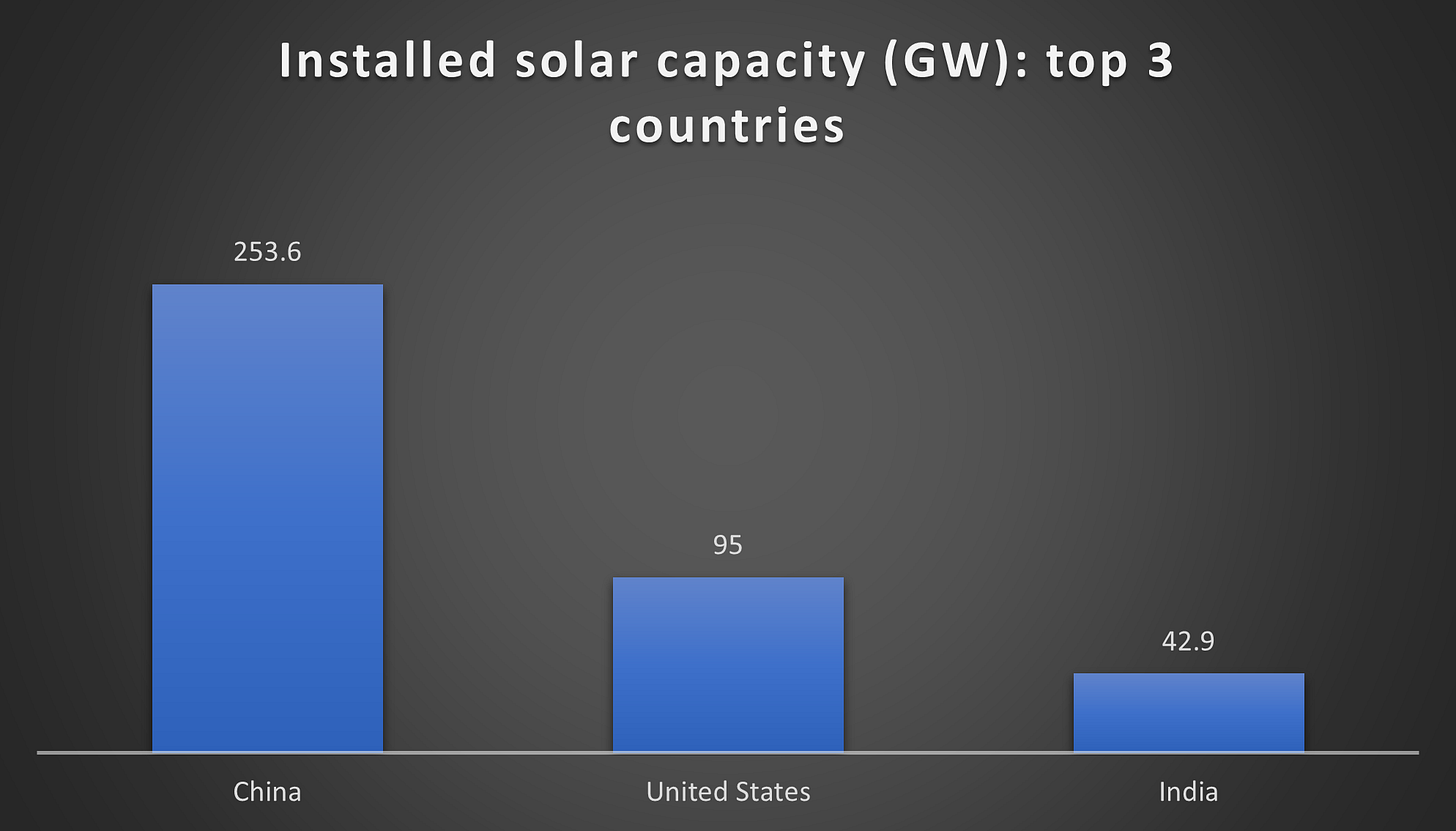Greenify #19 - A defining moment for the EU
July 8, 2022
Welcome to Greenify! Subscribe now and thank us later for not missing the most insightful information on the booming #GreenTransition!
Please help us improve by leaving a comment or feedback, and if you like what you are learning… share it with your network 😁!
📌 Fact of the week
If people worldwide switched to energy efficient light bulbs the world would save 105 billion euros annually.
Hottest news of the week…
Regulation 🗃 - “Green” gas and nuclear, a defining moment for the EU
What happened: On Wednesday, EU lawmakers voted in favour of a European Commission proposal to allow nuclear and natural gas-fired power plants to be labelled as sustainable investments and be included in EU’s taxonomy system.📖
Zoom Out: Natural gas and nuclear are, and will always be, extremely debated. Those in favour of natural gas claim it is a “transition” energy source, implying that gas is needed in the process of stepping out of coal and oil. Nuclear fission, instead, is carbon-free: however, radioactive waste associated to the process is a key issue stopping its implementation in many countries. To that end, many start-ups are looking into nuclear fusion, another carbon-free energy source, but without any radioactive waste involved. Scalability due to high costs remains an issue for now. But… fingers crossed!🤞
Innovation 💡 - Europe’s most powerful EVs charging hub!
What happened: The opening of an Electric Vehicles (EVs) charging station is not very innovative nowadays, but the “Energy Superhub Oxford” is, and here is why: 1) the hub is powered by renewables, 2) it has a battery system that can store renewable solving the intermittence issue, and 3) it features 42 chargers, of which some are able to power 300 miles of autonomy in less than 20 minutes! In a nutshell, this is considered the most powerful EV charging hub in Europe… for now! 💪
Zoom out: This superhub aims to reduce CO2 emissions to an amount equivalent to removing 2,000 diesel or petrol cars from the road each year. The hub is part of a larger project led by Pivot Power, which plans to open other 40 super stations in the UK in the future. If completed, this ambitious project could make up 10% of the energy storage that the UK would need by 2035. These super hubs are important as they can foster EVs’ sales, which are already up by 14% compared to last year!🚀
Business 💰 - Is this the end of low-cost mass flying?
What happened: This week, Ryanair’ CEO Michael O’Leary declared that low-cost flying is unsustainable at the moment, and that average prices will increase by 25%-50% going forward, due to high fuel prices and the rising cost of environmental charges. This came just a few days after the Dutch government declared the decision to cap the number of flights arriving at Amsterdam’s airport to limit pollution. Both declarations imply the same way forward: fewer flights at higher costs! This may represent a negative business news, but certainly is a positive one for the environment!🛬
Zoom Out: Being transportation a large contributor to CO2 emissions, any initiative aimed at reducing this sector’s emissions is welcome. However, some argue that reducing flights is not an optimal solution as it excessively damages the economy. Better solutions would be focussing on 1) fuel efficiency and 2) the adoption of sustainable fuels. Unfortunately, according to the IEA, fuel efficiency has already increased by 85% since the 1960s and progresses are slowing down, while sustainable fuels still make up less than 0.1% of the aviation fuels and they still cost more than twice as much. Therefore, demand reduction could be the only impactful solution in the short term! 😬
Deep dives of the week…
Graph of the week - Solar installations, who’s leading? ☀️
In this week’s analysis we dive a little deeper on solar farms. We thought it would be provoking to lay out the top 3 countries globally in terms of solar energy production. Clearly, given the rankings are based on absolute capacity installed, the podium is occupied by three massive countries: China, the U.S. and India. These three are then followed by Japan and Vietnam!
Source: Investopedia
Company of the week - Connect Earth, the importance of data 👨💻
This week’s winner is Connect Earth! Based in London, Connect Earth is a startup whose core product is an API solution that calculates the carbon impact of spend-based financial transactions, consumers and companies. Essentially, they help put a number out that allows its customers to track the climate impact of their actions. In the ESG world, flooded by greenwashers, having a company who cuts the BS and puts concrete numbers out there is encouraging! Connect Earth recently raised $1.8 million in its pre-seed round… so good luck to them!
Analysis of the week - Solar farms, time to scale!
1. What are solar farms? 🤔
Simply put, solar farms are large areas of land hosting thousands of solar panels, which generate electricity. As you might imagine, these tend to be effective in sunny places. ☀️
2. What are the different types? 🔎
There are two different types of solar farms: 1) utility-scale and 2) community solar. Utility-scale, as the name implies, refer to the largest possible solar farms. Connected to the grid, they normally consist of hundreds of thousands of solar panels: owned by utility companies, businesses purchase specific amounts of electricity through power purchase agreements. Community solar farms, also connected to the grid, are smaller in nature, and generally generate around 5 MW of electricity for local communities.
3. Where are they located? 🌍
According to YSG Solar, in 2021 the largest solar farm in the world was located in India, with a total capacity of 2.25 GW across 14,000 acres. In second and third place we find two farms located in China and India (again), respectively. Check out the list here!



